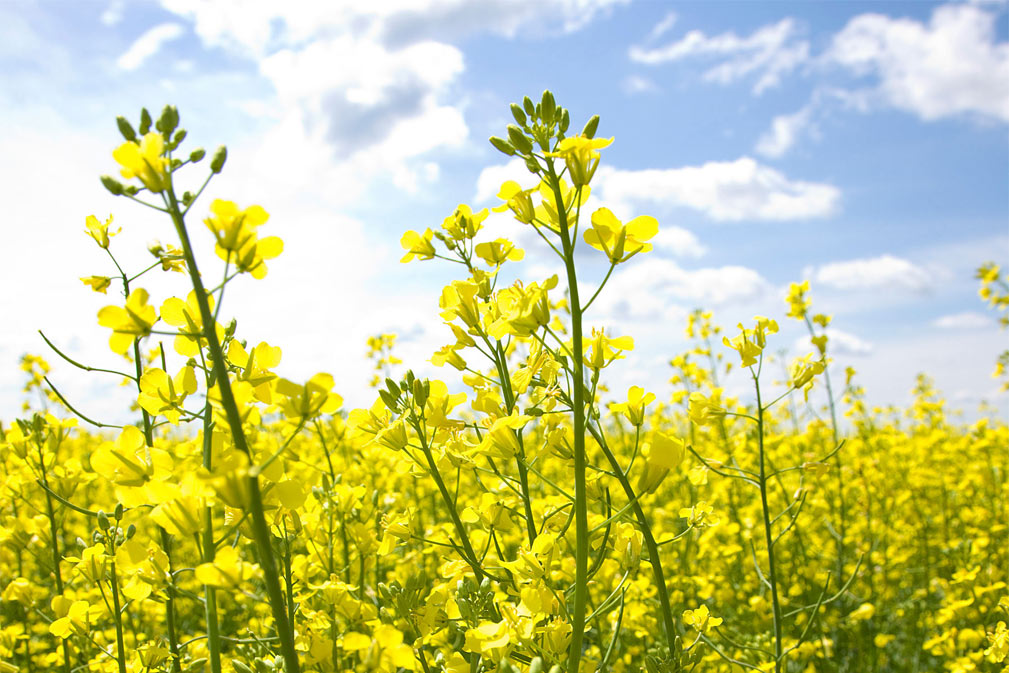How is Canola Oil Made?

Canola oil is made from the seeds of the canola plant and is processed similarly to other seed oils. Care is taken during processing to protect oil from damage from air, heat and light. Here are the steps involved:
- Crushing the seeds - Canola seeds are rich in oil and can be simply crushed to release about 80% of the oil. Depending on the temperature conditions used, this is referred to as “expeller-press” or “cold-press”. Raising the temperature slightly allows more of the oil to be released from the seed. The canola meal that remains is used as a protein-packed animal feed.
- Extraction: To extract the remaining oil, hexane, a solvent approved for oil extraction, is used to remove more of the oil. The hexane extraction is done under carefully controlled conditions and is recycled and reused.
- Refining: Canola oil can be further refined to remove minor components, producing a shelf-stable clear and neutral tasting oil. Although the term “bleaching” is used, it refers to the removal of color pigments by filtering it through natural clay. Canola oil produced in this way can be stored at room temperature for about one year.

